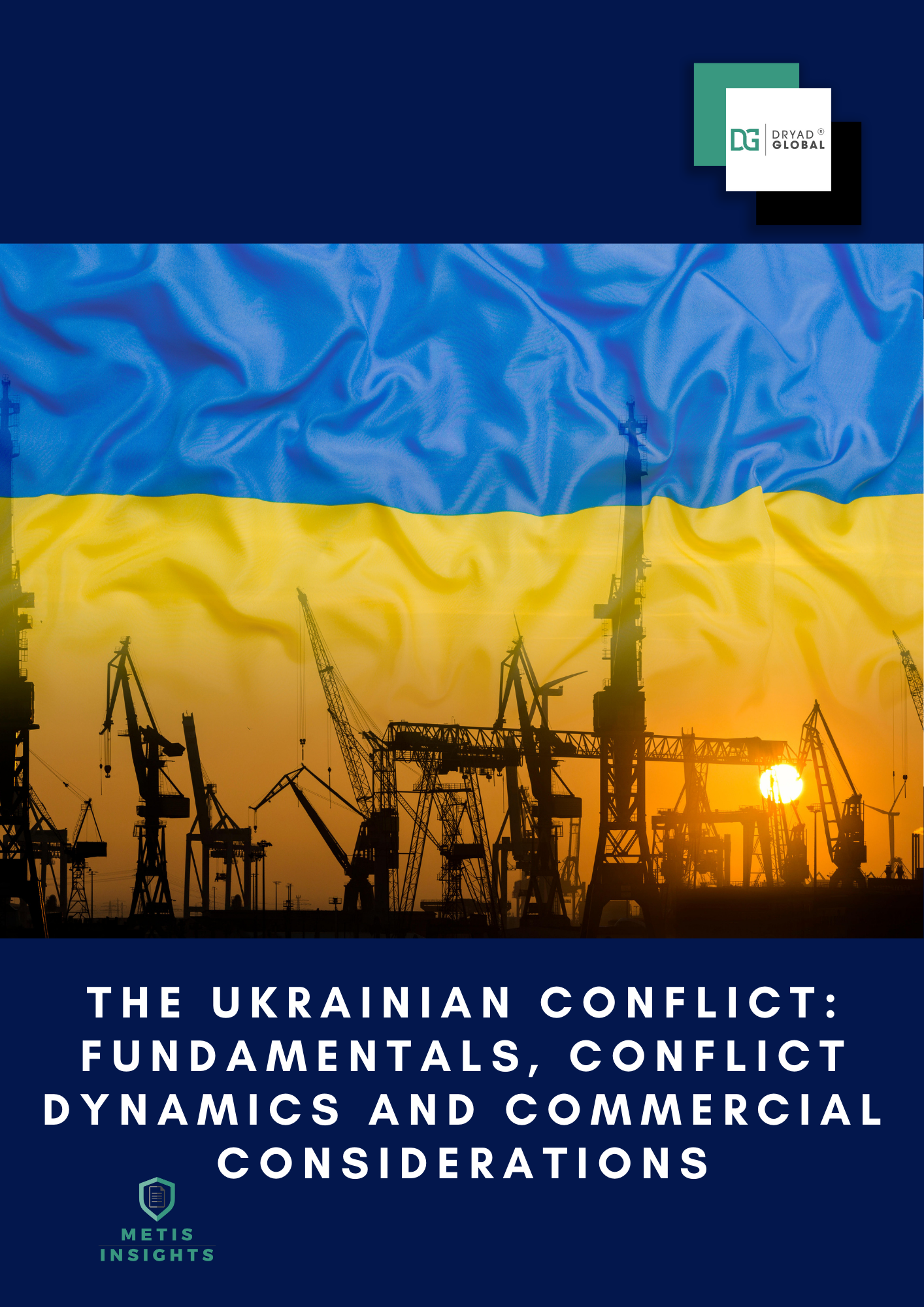Ukraine Invasion
The Ukrainian Conflict: Fundamentals, conflict dynamics and commercial considerations
The Russian invasion of Ukraine, and the subsequent impact on commercial operations therein, has produced a considerable and at times overwhelming deluge of information. From casual observers to informed commentators, the relentless flow of news and information can result in a confused picture of conflicting narratives. Within the commercial space, this adds a considerable degree of complexity to long term decision making, making it more important than ever to ensure access to accurate, timely and concise information.
Russia’s invasion of Ukraine represents a fundamental shift in the security architecture of Europe. Conflict has returned to the European continent and dredged up memories of a past many hoped had been consigned to history. Beyond this, the conflict represents a return to the conventional state on state military conflict. For the past few decades, global insecurity has been defined by asymmetric conflicts, insurgencies and clashes involving non-state groups fighting along religious faultiness. As seen in the northern Indian Ocean - particularly within the Persian Gulf, Gulf of Oman, and Red Sea - these can have a significant impact upon commercial operations. With such conflicts becoming part of the normal security landscape, there is a degree of familiarity within the commercial market and, consequently, are well priced in, mitigated against, and provisioned for. The return of conventional state on state conflict to Europe has resulted in a step-change for commercial operators globally, and particularly those who had previously traded within the Black Sea with relatively little cause for concern.
Read on to find out what this means for Ukraine port security.
Download your copy by filling in the form above.










.png?width=1024&height=724&name=NLNG%20(1).png)









